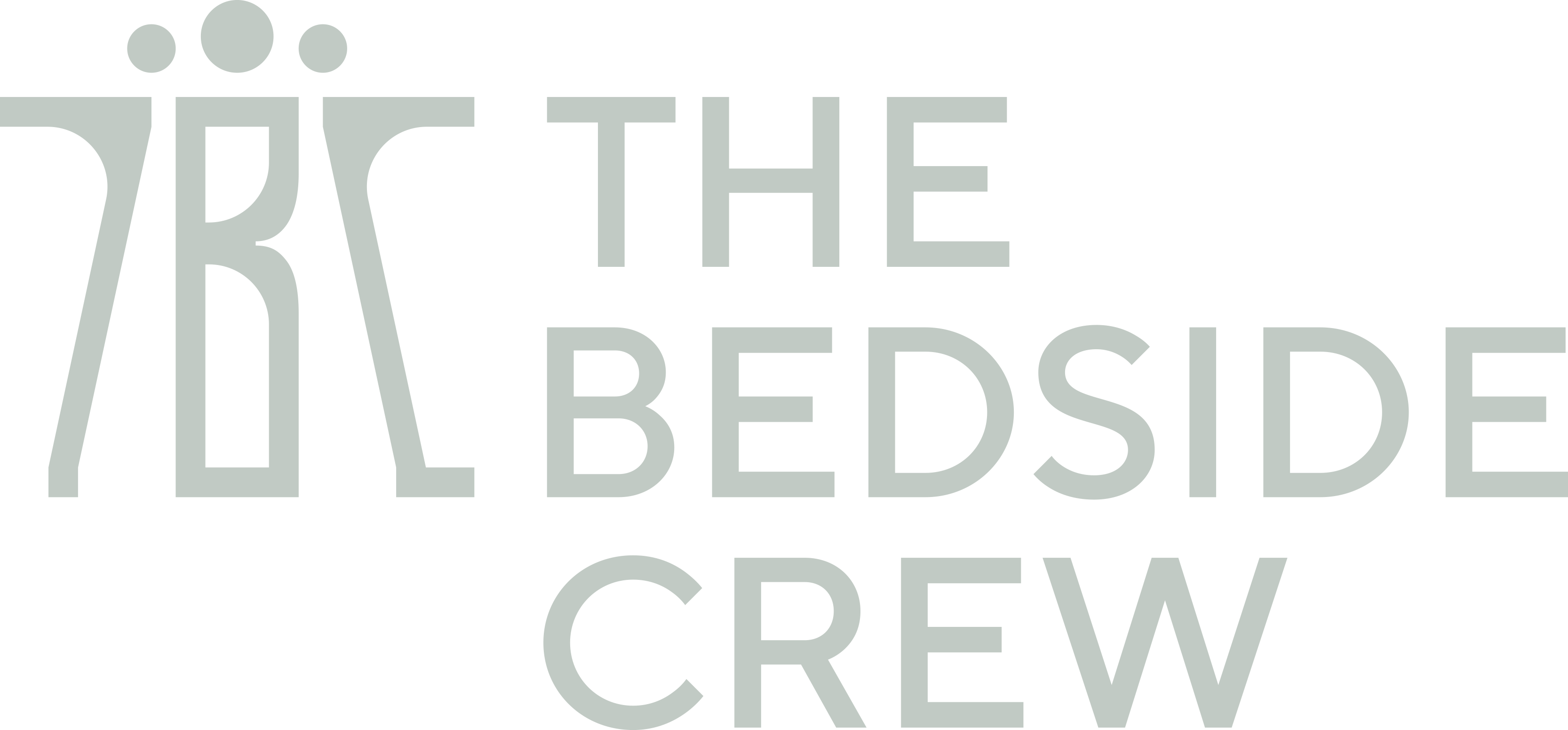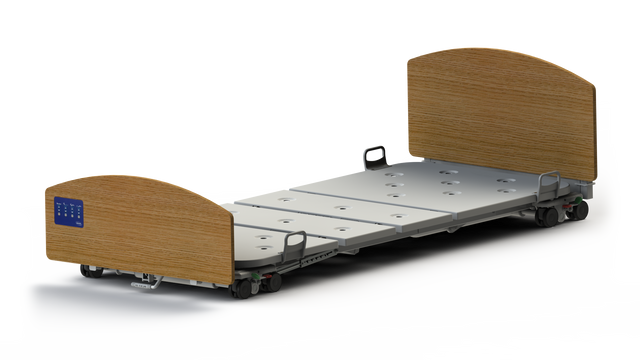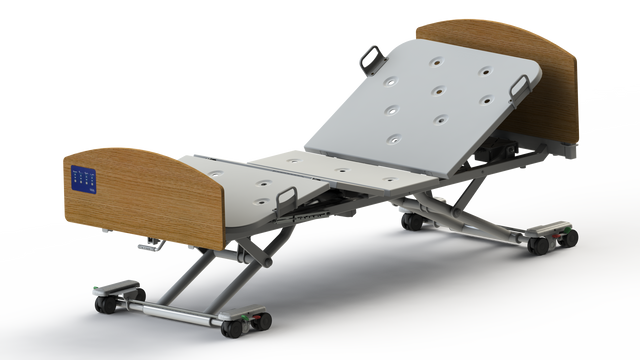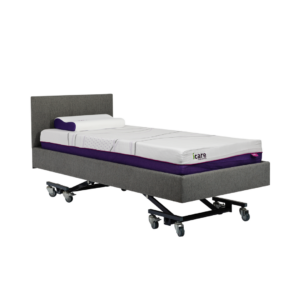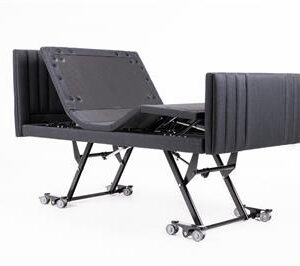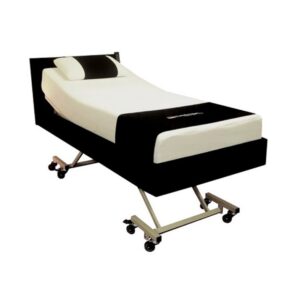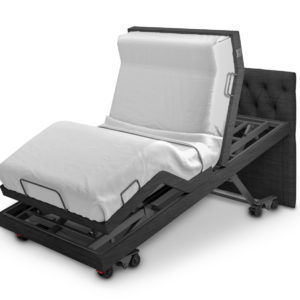Description
The Invacare CS8 Floorline Bed supports homecare or facility care settings with advanced adjustability and safety features. Its ultra-low height minimises fall risks, while electric backrest, knee break and Trendelenburg adjustments improve comfort and independence.
A built-in foot-end extension adds 19.5 cm to the mattress platform for taller people, and optional side rails provide added safety. The foot-end attendant control panel offers easy access to key functions.
The low-maintenance CS8 bed features a powder-coated steel frame and removable timber panels. Underbed lighting provides nighttime visibility, and soft contoured mattress retainers help secure the mattress during repositioning.
Available in Single and King Single sizes, the CS8 meets both clinical and practical needs in a discreet, home-friendly design.
Who it’s for
- For clients at risk of falls who need adjustable support and positioning.
- For therapists seeking a low-height bed with advanced functions for safer home or clinical care.
Key Features
- Ultra-low minimum height – reduces risk of falls and supports safer transfers
- Adjustable backrest and knee adjustment – for comfort and postural care
- Trendelenburg and reverse Trendelenburg – assist with providing circulatory and positioning benefits to the user
- Integrated platform extension – accommodates taller people with an extra 19.5 cm
- Foot-end attendant control panel – provides full access to all functions at the foot end
- Underbed lighting – improves visibility and nighttime safety
- Removable timber head and foot panels – supports cleaning and customisation
- Optional side rails – increase safety when required
- Durable powder-coated steel frame – easy to clean and maintain
